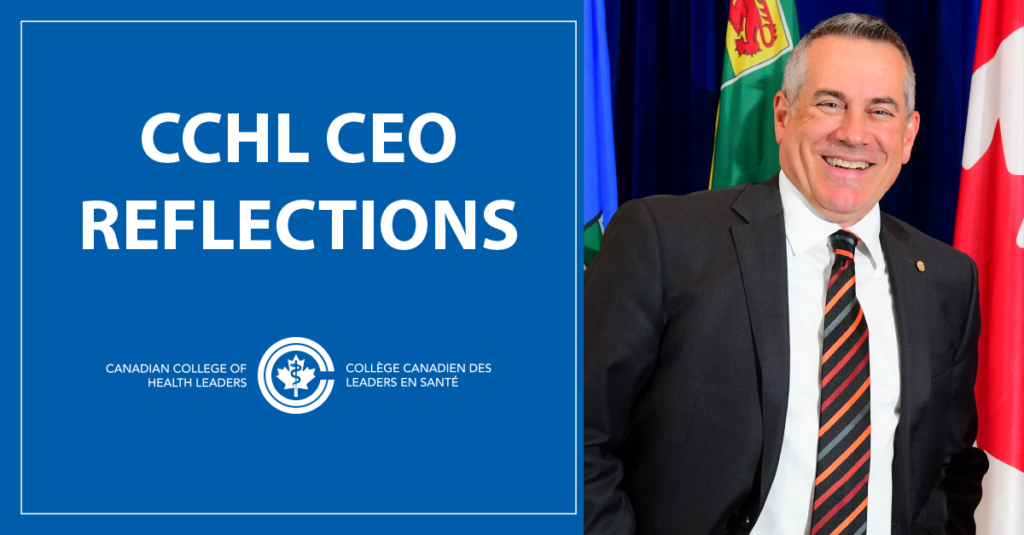As I do at this time every year, I’m pleased to provide a summary and my thoughts on the plenary sessions of this year’s National Health Leadership Conference. The theme this year was “Leveraging leadership and people capacity for better health outcomes”, also known in general parlance as the HHR (Health Human Resources) crisis. As some of you witnessed, we had our own minor crisis when the power in the industrial park where our technology provider is located went out one hour before the conference. But thanks to our great team, we managed to pull it together and deliver a great conference, even though we started a bit late.
Dr. Amer Kaissi started us off by talking about resilience in teams and organizations. His first key message, which resonated significantly with me, is that optimism can generate resilience (optimism = resilience). In difficult circumstances, it’s easy to give in but his message is that setbacks can be managed, and we can make deliberate efforts to be optimistic. His second message is that leaders can generate resilience with the appropriate combination of humility and ambition. He coined a term which I love, saying that resilient leaders need to be humbitious . He also urged us to deliberately rest and recover. Recharge, not endure, was his key message.
Dr. Shimi Kang closed off our first day by talking about habits in a way that was closely linked to Dr. Kaissi’s message, be it the habit of optimism, the habit of rest, or the habit of appreciation. Her key takeaway was “where focus goes habit grows”. She also spent several moments talking about and providing examples of play or recreation (re-creation?) in a work context as the driver of resilience (play = resilience).
Day 2 of the conference featured the Great Canadian Health Policy Dialogue. This year’s edition was anchored in a compelling panel discussion featuring blue ribbon panelists and moderated by CBC’s chief political correspondent Rosemary Barton. Following the plenary panel, delegates were divided into groups to discuss and debate five key aspects of the health human resources crisis. Among the themes of the call to action was a recommendation for the standardization of professional scopes of work to improve interdisciplinary team performance and investment in wellness programs to support health care workers (Sound familiar? See above). You can find the Call to Action document here.
Our final keynote came from Eric Termuende who asked “If the future is impossible to predict, how do we build resilient teams built on a culture of retention that thrive in chaos and uncertainty?” To build tomorrow’s most resilient teams, Termuende says leaders need to do three things: 1) build trust; 2) increase recognition; and 3) remove friction from the work experience:
- The fastest way to build trust within a team is to slow down.
- Consistent with Drs. Kaissi and Kang, Eric stressed the importance of providing recognition that is specific, personal and aligned with team values.
- Lastly, in order to decrease friction at work, leaders must be constantly experimenting and making one degree shifts and changes.
In my estimation, trust is that the core of Eric’s prescription for building resilience and navigating uncertain future.
My overall takeaway? If optimism = resilience, and play = resilience, then play = optimism. Add the essential ingredient of trust and you have a model for building a TOP (Trust, Optimism, Play) culture of retention.
Thanks to each and everyone of you for all you do directly or indirectly to take care of our friends, family and loved ones. We look forward to seeing you at our next conference, and until then, take care.



